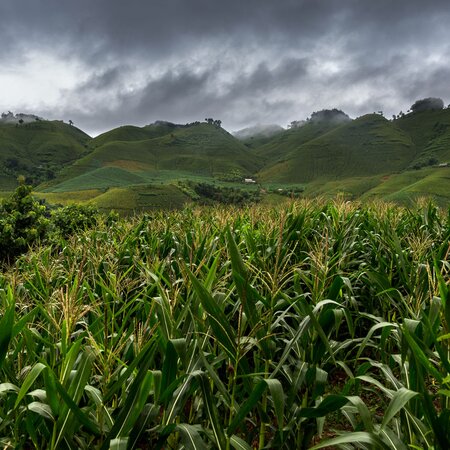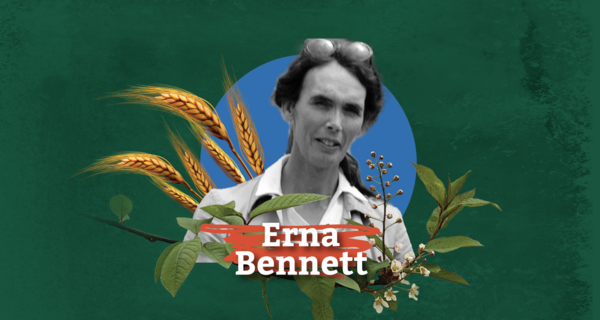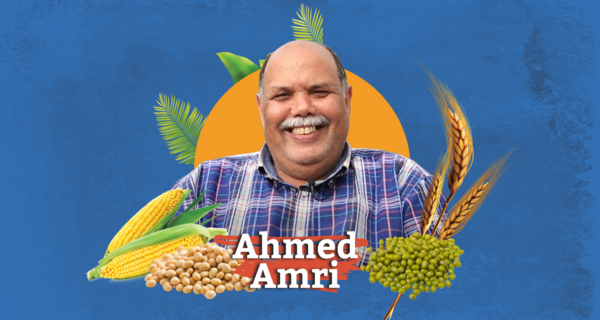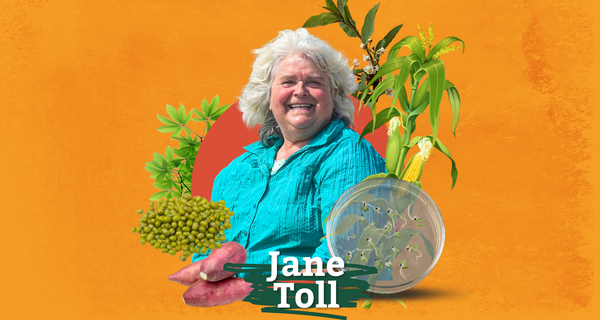Carlos Ochoa: The Indiana Jones of the Potato World

24 May 2024
In this installment of our Seed Heroes series, we remember the unique contributions of Peruvian scientist Carlos Ochoa, whose hazardous collection expeditions in search of wild potatoes paved the way for many of today’s improved crop varieties and developed an unprecedented understanding of the spud’s genetic potential. This article celebrates the inaugural International Potato Day on 30 May 2024.
Carlos Ochoa was many things over his long and storied career: botanist, collector, breeder, taxonomist, explorer, and adventurer, but perhaps he could be summed up as the Indiana Jones of the potato world.
The Peruvian scientist’s name has become synonymous with food security in his homeland, where the cultivated potato originated up to 10,000 years ago.
For more than five decades, Ochoa helped improve potato varieties by tapping useful traits found in the crop’s wild relatives, which are too bitter to be edible but carry diverse genes that offer natural resistance to pests, diseases, and climatic extremes. He also combined local potatoes with European and American breeds to produce new cultivars grown throughout Peru.
Ochoa discovered about a third of the nearly 200 wild potato species, a feat nobody else has matched. He documented his findings in a seminal book series called “The Potatoes of South America,” covering Bolivia and Peru, where some of these plant species are now considered extinct in the wild.
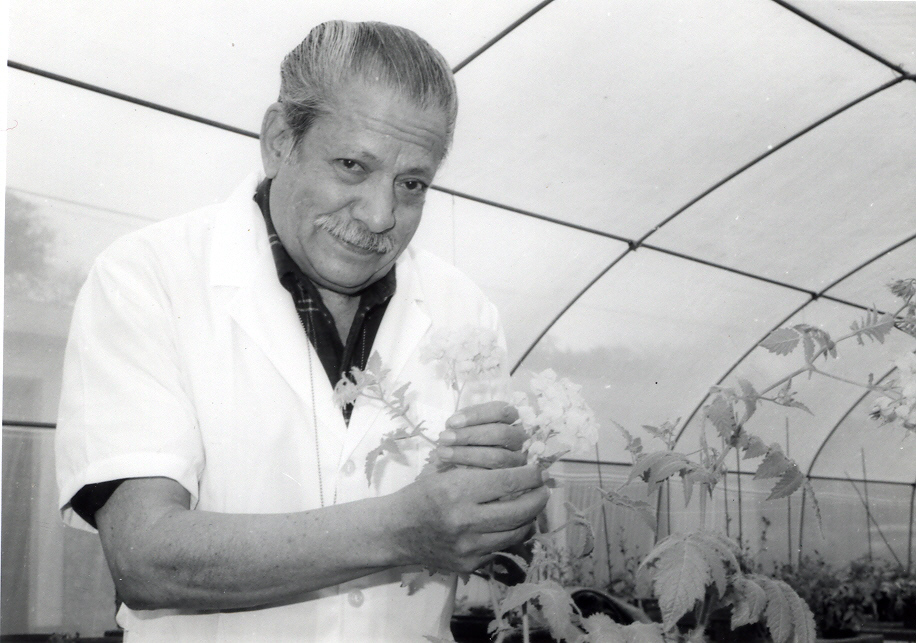
Carlos Ochoa. Photo courtesy of the International Potato Center.
“Because of the great diversity and genetic potential of the Peruvian wild species, many of which still remain unevaluated with respect to their possible horticultural use, the opportunities for doing future research in the field of potato improvement programs would appear to be endless,” he wrote in 1997.
Ochoa’s collecting expeditions were as hair-raising as they were productive. He would spend weeks at a time scouring the Andes Mountains of South America for signs of the potato’s wild relatives, often making his way on horseback through areas renowned for terrorism and other dangers.
On one occasion, thieves near the Peruvian village of Chota mistook him for a treasure hunter and tried to kill him by rolling boulders down a mountainside. In Colombia, he managed to collect a wild potato species and escape down a mountainside before a volcano erupted and destroyed the remaining plants, according to the Missouri Botanical Garden, where he held a fellowship.
“The Andes are very tough. You have to be in good physical condition. You have to have good eyes. You acquire certain instincts. You smell. And when you find it… it’s a gift for the spirit,” he said in a 1990 interview.
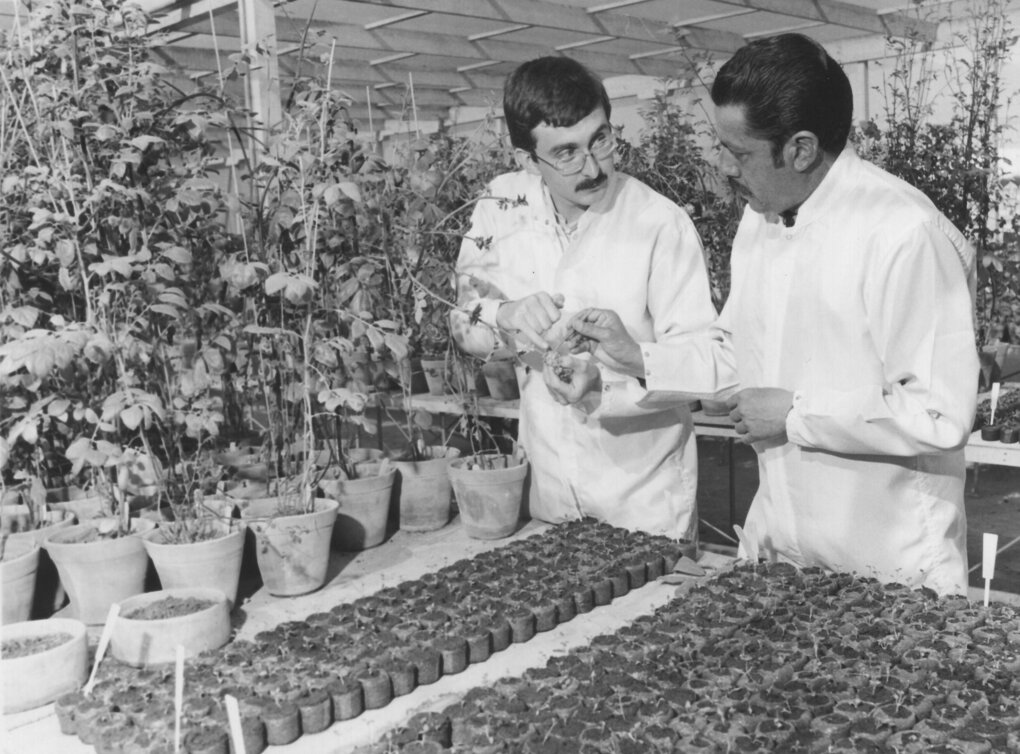
Carlos Ochoa (right) with fellow scientist Mike Jackson. Photo courtesy of the International Potato Center.
The search for wild potato species also led Ochoa to follow in the footsteps of Charles Darwin, who described a tall plant and its tubers growing on Guayteca Island off the coast of Chile during his 1835 voyage aboard the ship HMS Beagle. Recalling Darwin’s journal entry, Ochoa traveled to the same beach in 1969 and rediscovered the same potato, which hadn’t been recorded in more than 130 years. It was named Solanum ochoanum in his honor.
Carlos Ochoa was born in 1929 in Cusco, Peru. Defying pressure to choose a career in medicine or the law, Ochoa pursued his childhood interest in plants, opting to study agriculture at the University of San Simon in Cochabamba, Bolivia, and then at the University of Minnesota in the US.
His early career in agronomy included a stint at a government research center in Concepción, Peru, where he conducted genetic experiments on wheat. In 1947, Ochoa turned his attention to the potato, leading a breeding program that produced two hybrid varieties that are still grown today: Renacimiento and Tomasa Condemayta.
Ochoa was influenced by the work of Russian scientist Nikolai Vavilov—who proposed Latin America as the potato’s main center of origin—and competed vigorously with eminent British botanist Jack Hawkes in the race to classify the crop’s diversity.
“They were quite intense taxonomic rivals, with a not-altogether harmonious relationship at times. Carlos certainly played his taxonomic cards very close to his chest,” Michael Thomas (Mike) Jackson, a UK plant taxonomist who worked with both men, wrote on his website in 2018.
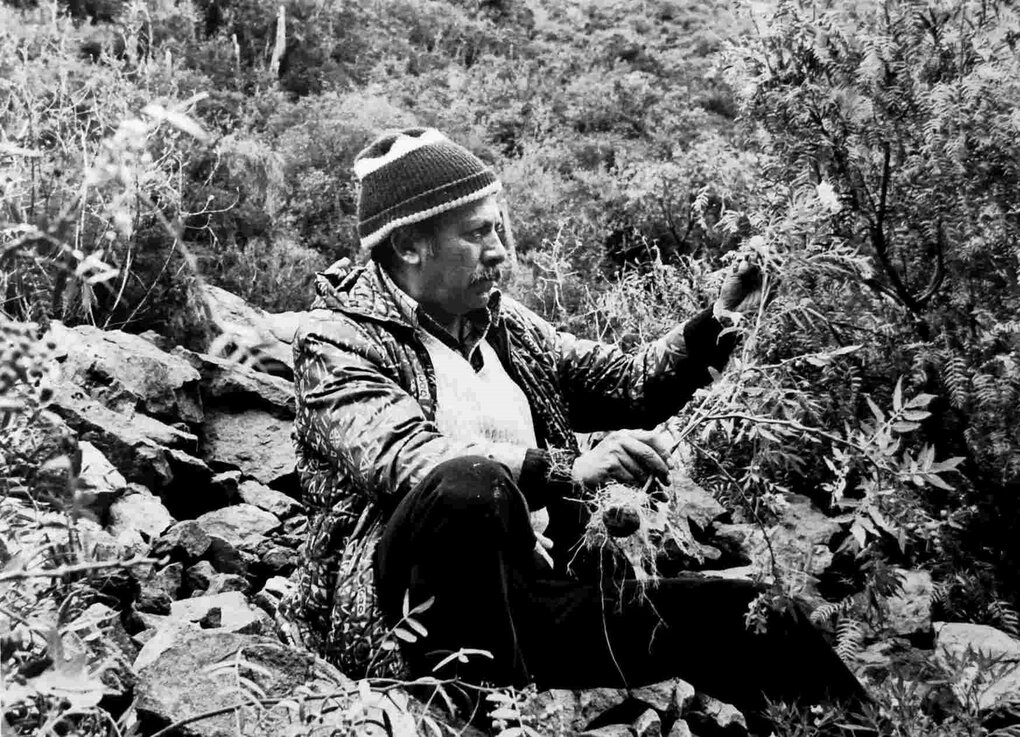
Carlos Ochoa collecting potato samples. Photo courtesy of the International Potato Center.
Ochoa was a professor of plant breeding at the National Agrarian University in La Molina, Peru. In 1971, he joined the International Potato Center (CIP) in Lima, where he studied Andean cultivated and wild potatoes, while producing his famous monographs on the potatoes of Bolivia and Peru over the next three decades.
Along with fellow scientist Alberto Salas, Ochoa laid the foundation for much of CIP’s later success through their many collecting trips for the center’s genebank, which stores diversity that can be used to produce more resilient crop breeds.
Based on this legacy, almost 3 million farmers in Asia now grow CIP-related varieties, and nearly a third of land dedicated to potato production in Peru is planted with CIP-related breeds, according to the center.
“Without their expertise and determination, much of the crop improvement we now take for granted may not have been possible,” said CIP to mark its 50th anniversary.
Timeline:
- 1929: Born in Cusco, Peru
- 1947: Leads potato breeding program
- 1949: Begins collection expeditions in the Andes Mountains
- 1962: Publication of “Los Solanum tuberiferos silvestres del Peru” (The Wild Tuber-Bearing Potatoes of Peru)
- 1969: Rediscovers potato first described by Charles Darwin on Guayteca Island (Chile) in 1830s
- 1971: Joins the International Potato Center
- 1990: Publication of “The Potatoes of South America: Bolivia”
- 1992: Winner of the Organization of American States Inter-American Science Prize
- 1993-94: Wins Alan Shawn Feinstein World Hunger Award (Brown University)
- 2004: Publication of “The Potatoes of South America: Peru. Part 1. The Wild Species.”
- 2006: Publication of “La Etnobotanica del Peru” (The Ethnobotany of Peru) with Donald Ugent
- 2006: Receives Order of Merit of the Diplomatic Service of Peru
- 2008: Dies in Lima at age 79
Categories: For Educators, For The Press, For Partners, Potato

